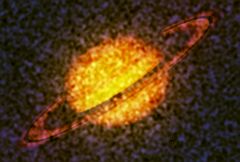S_FilmEffect
Provides a physically accurate model of film exposure and processing to make your video footage look like it was shot on film. It can remove field artifacts, perform color correction for specific film types, add film grain, and apply glow or soft focus effects. The color correction and grain can be selectively disabled using the Scale CC and Grain Amp parameters.In the Sapphire Stylize effects submenu.
Inputs:
- Source: The current layer. The clip to be processed.

|